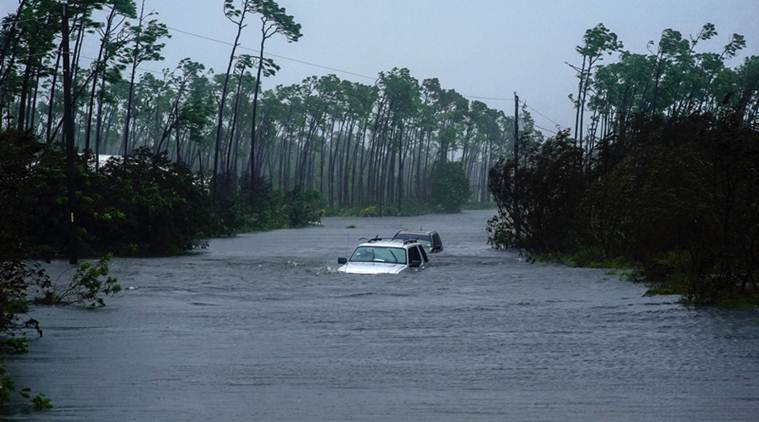
Land degradation is a double-edged sword. It affects land and biodiversity as much as the communities which work and live on it for survival. Climate change intensifies this misery, disproportionately so for women and girls who lack the voice in the livelihood decisions that directly affect them. So, if the world doesn’t adapt to climate change, then the number of people who may lack sufficient water, at least one month per year, will soar from 3.6 billion today to more than 5 billion by 2050, a global commission has warned.
The report from the Global Commission on Adaptation titled ‘Adapt Now: A Global Call for Leadership on Climate Resilience’, argued that investing $1.8 trillion globally in five critical areas from 2020 to 2030 could generate $7.1 trillion in total net benefits. Put another way, failing to secure these economic benefits would undermine trillions of dollars in potential growth and prosperity.
The report said that investing in early warning systems, climate-resilient infrastructure, dryland agriculture crop production, global mangrove protection, and freshwater resources will pay dividends several times over. It also cautioned that within developing countries, climate change could push more than 100 million people below the poverty line by 2030.
In the last two decades or so, adaptation has always found itself trailing at the lower end of the climate agenda at the United Nations negotiations table. But leaders at the UNCCD summit here in the national capital firmly believe now that things are about to change. “Good to have adaptation as a top agenda here, usually it finds itself at the bottom. We should address mitigation but it should not come at the expense of adaptation,” said Ibrahim Thiaw, Executive Secretary at the United Nations Convention for Combating Desertification (UNCCD).
While poor communities in developing countries and those living in relative poverty contribute the least to climate change, they face the biggest setback, the report noted. The aim, therefore, is to address the social inequalities through adaptation and bring the voiceless into decision making. “The poor have contributed least to climate change and have been the biggest casualties. Poor women, in particular, have a huge investment to make in the survival processes that get destroyed time and again,” said Sheela Patel, Chair, Shack/Slum Dwellers International.
So what can we do to give them voice and agency?
“Laws don’t provide any safeguards to poor. Lack of identity makes them more isolated. Adaptation vis-a-vis climate change has the widest potential to expand who and how they participate in the process,” added Patel.
Adaptation is managing the unavoidable, and mitigation is avoiding the unmanageable, said Lord Nicholas Stern, Professor of Economics and Government at the London School of Economics and Political Science. He noted that the report on adaptation calls for a higher investment spend in making resilient infrastructure that will yield the most dividends in terms of benefit to cost ratio.
“The need for resilient infrastructure is critical. We know that mangroves protect us against storm, and they are also an enormous asset as they promote fisheries and enable tourism. We have to think of them as natural infrastructure. When you restore degraded land, we create resilience and capture carbon,” he added.
The report said that out of USD 7.1 trillion in total net benefits, there will be a net benefit of at least USD 1 trillion if we protect mangroves.
Mangroves, which are tidal water forests, act as a natural habitat for aquatic life. They also act as a natural defence against tsunamis, storms, soil erosion and rising sea levels. Besides, their soils sequester huge amounts of carbon. But globally, a vast chunk of these forests have been uprooted for tourism.
“Let’s look at natural infrastructure. When we restore mangroves, we improve the base of resources for fishery and other benefits involved with it. This way, you’re saying let us invest in nature as a solution rather than physical infrastructure,” said Anand Patwardhan, research director of the report.
While there’s enough evidence now to suggest that adaptation will be the need of the hour in future, the question that is often raised is: Why is more not being done? One of the major barriers to adaptation, the report said, is that most decisions do not internalise climate change. “Human behaviour does not favour taking the initiative when the location and timing of hazards are uncertain, when benefits of action may be years away, or when more immediate priorities take precedence,” it said.
The impact of climate change in the future won’t be equitable across the world. Some countries will suffer disproportionately more than others. This is the inherent challenge in adaptation, said Naoko Ishii, CEO and Chairperson, Global Environment Facility.
“We simply don’t have the luxury to wait and watch. We must take action now not knowing the final scenario,” she added.